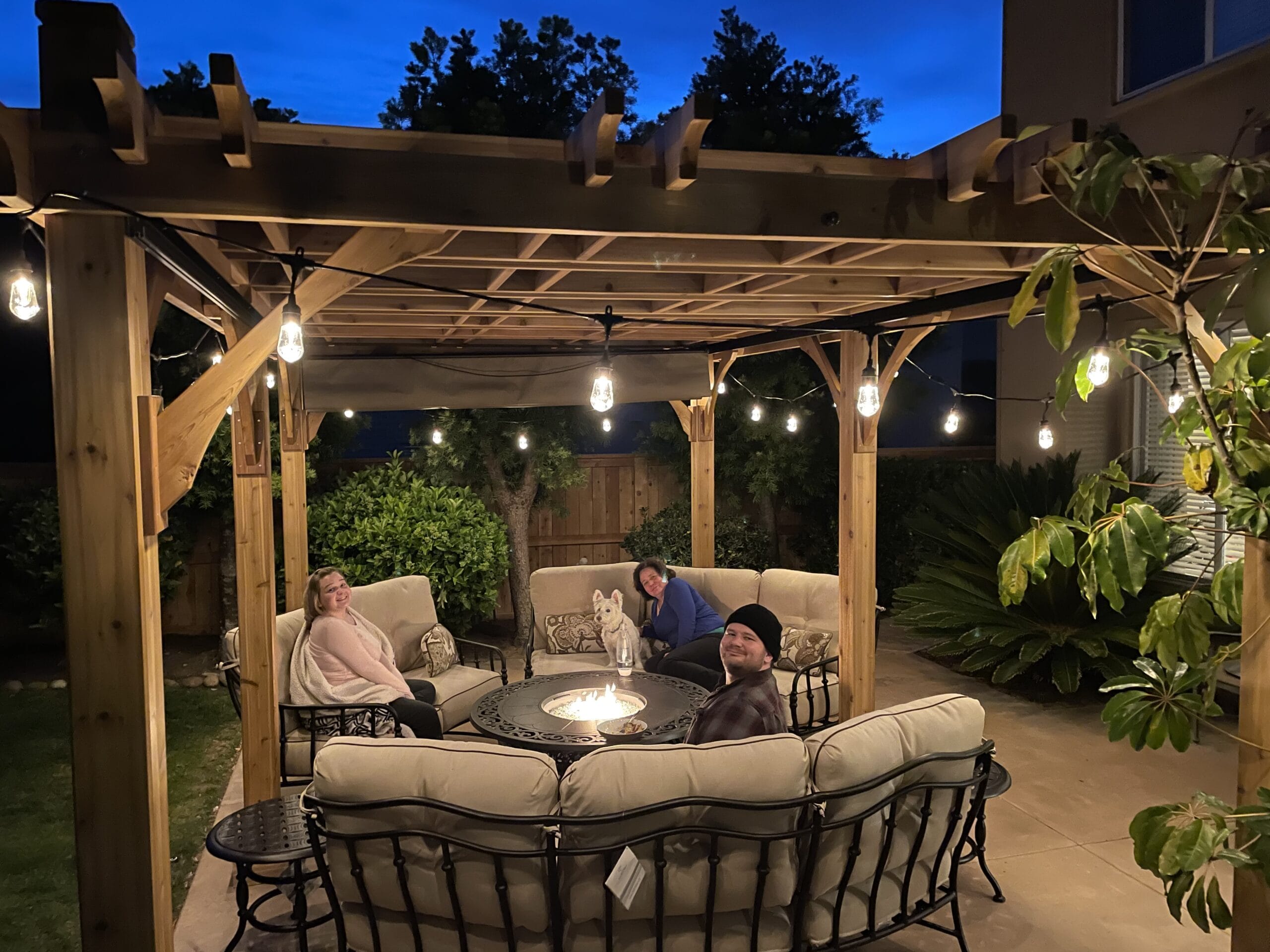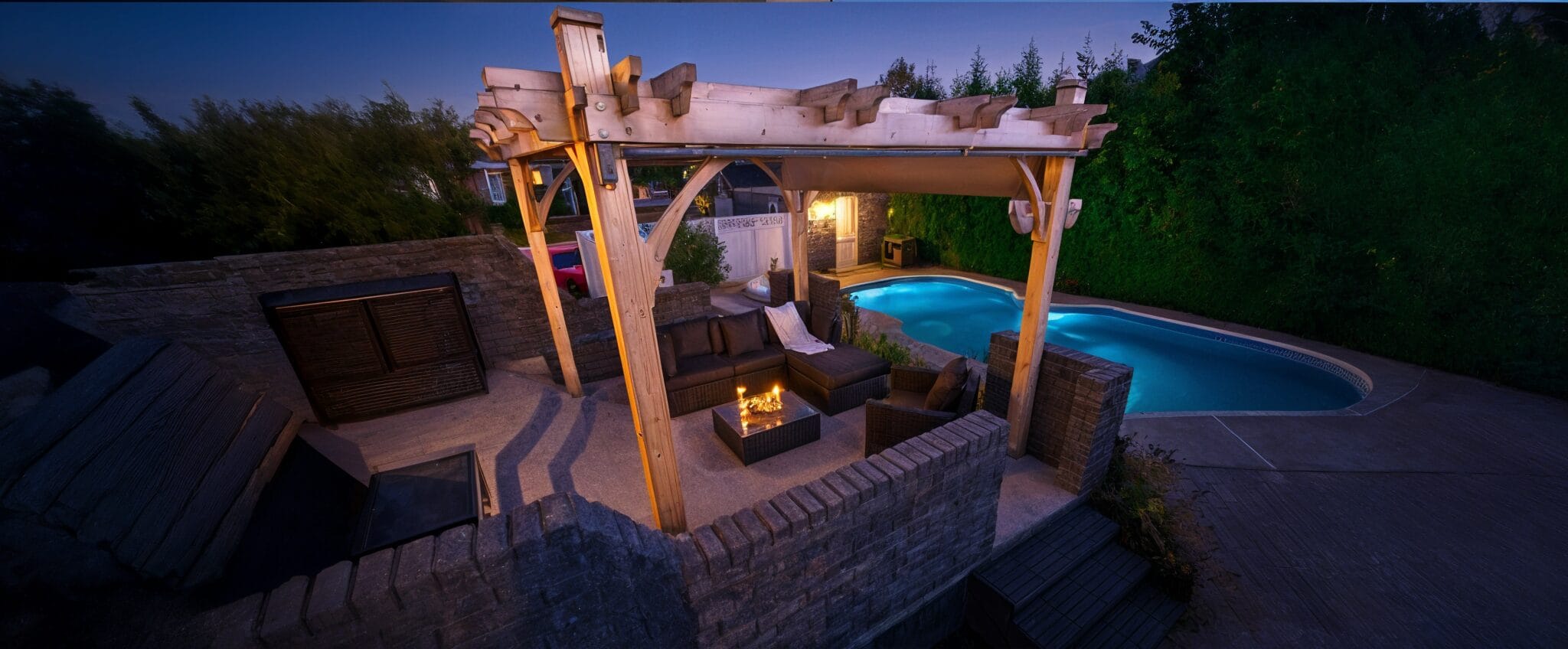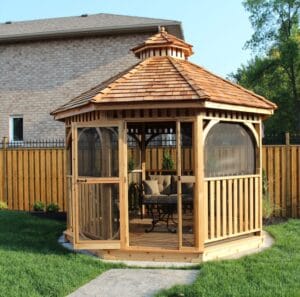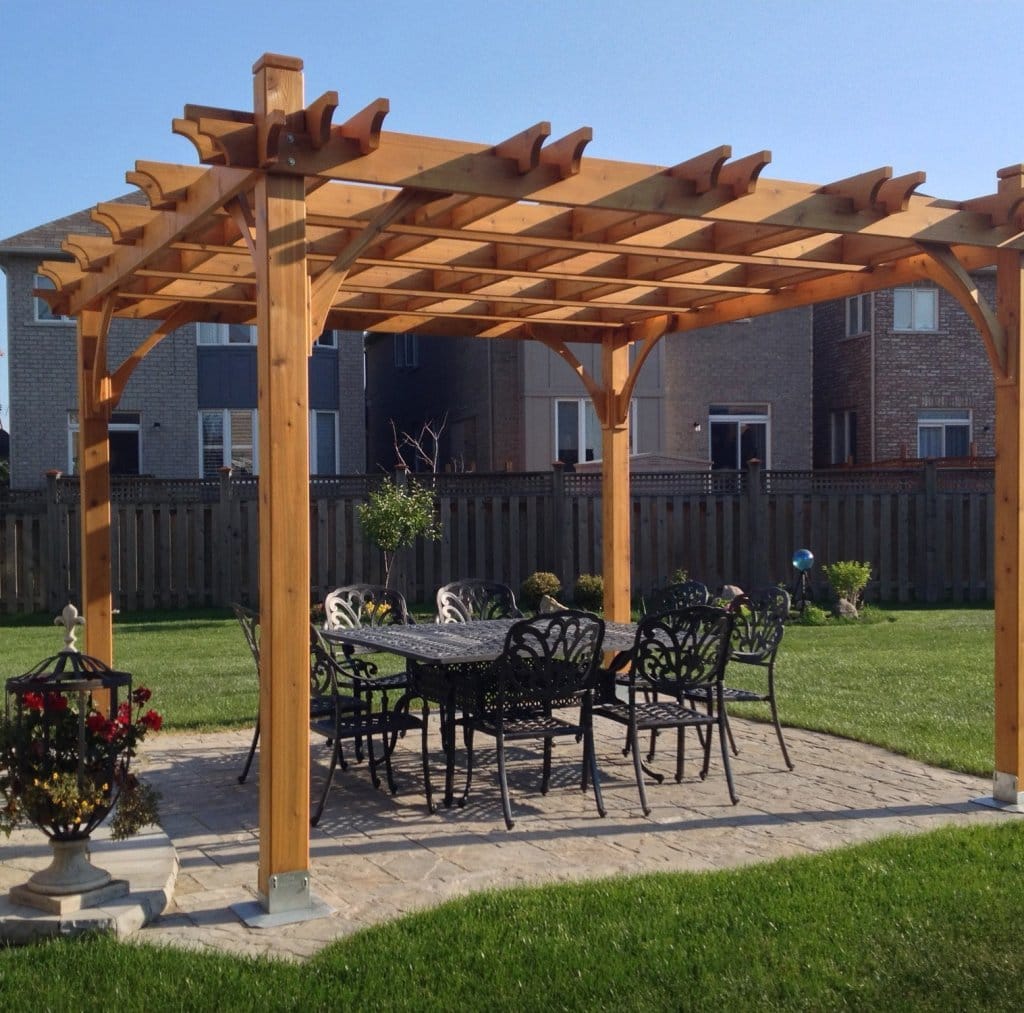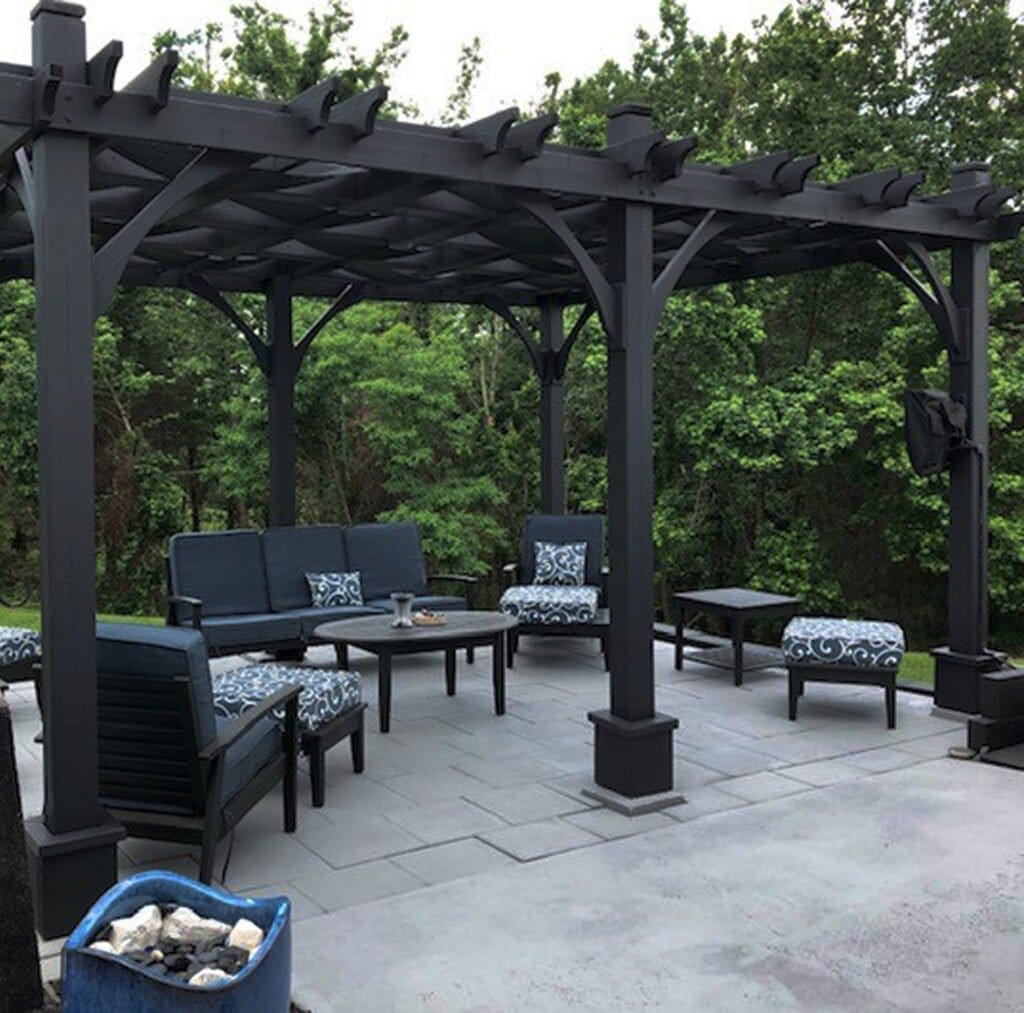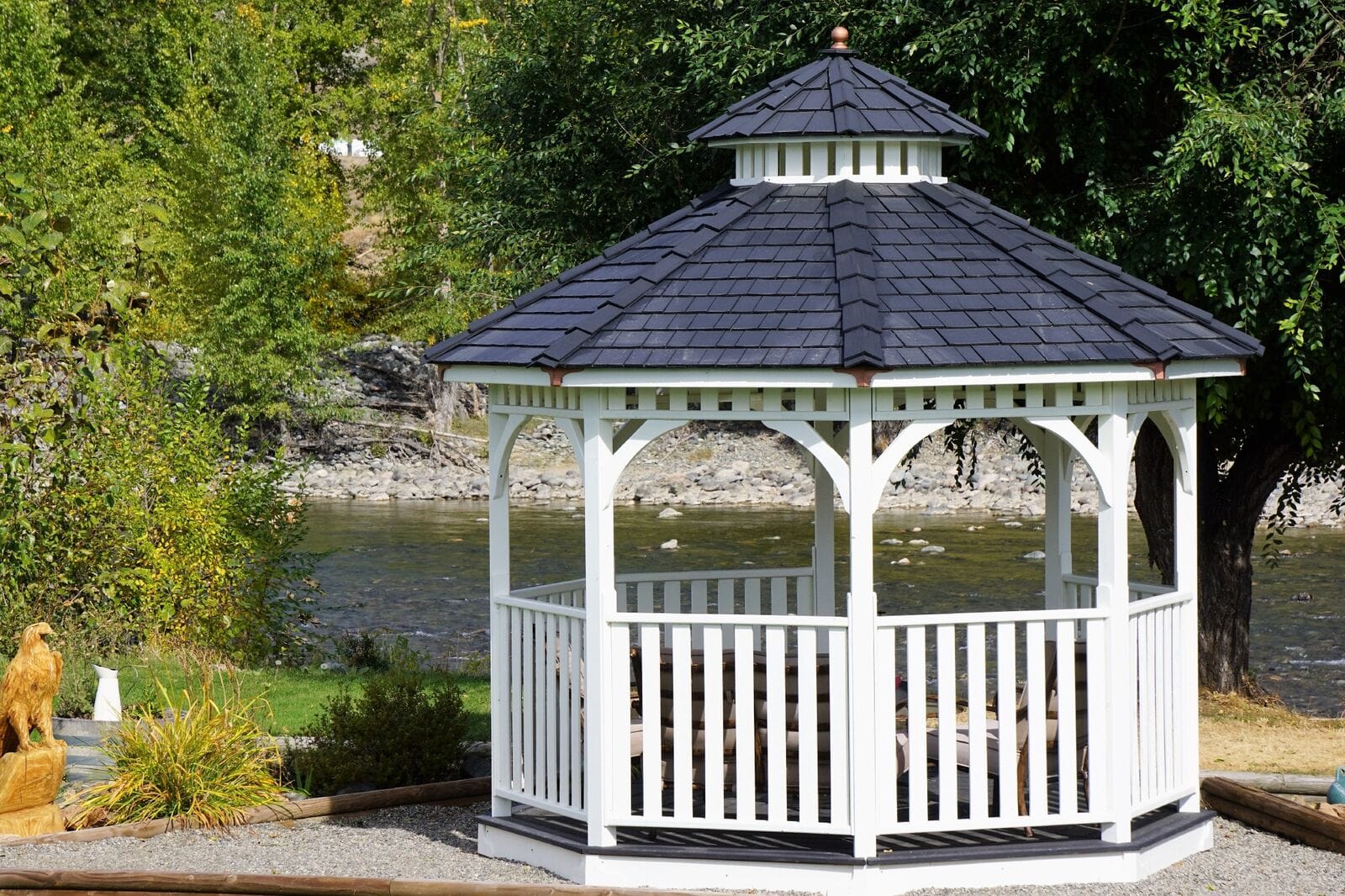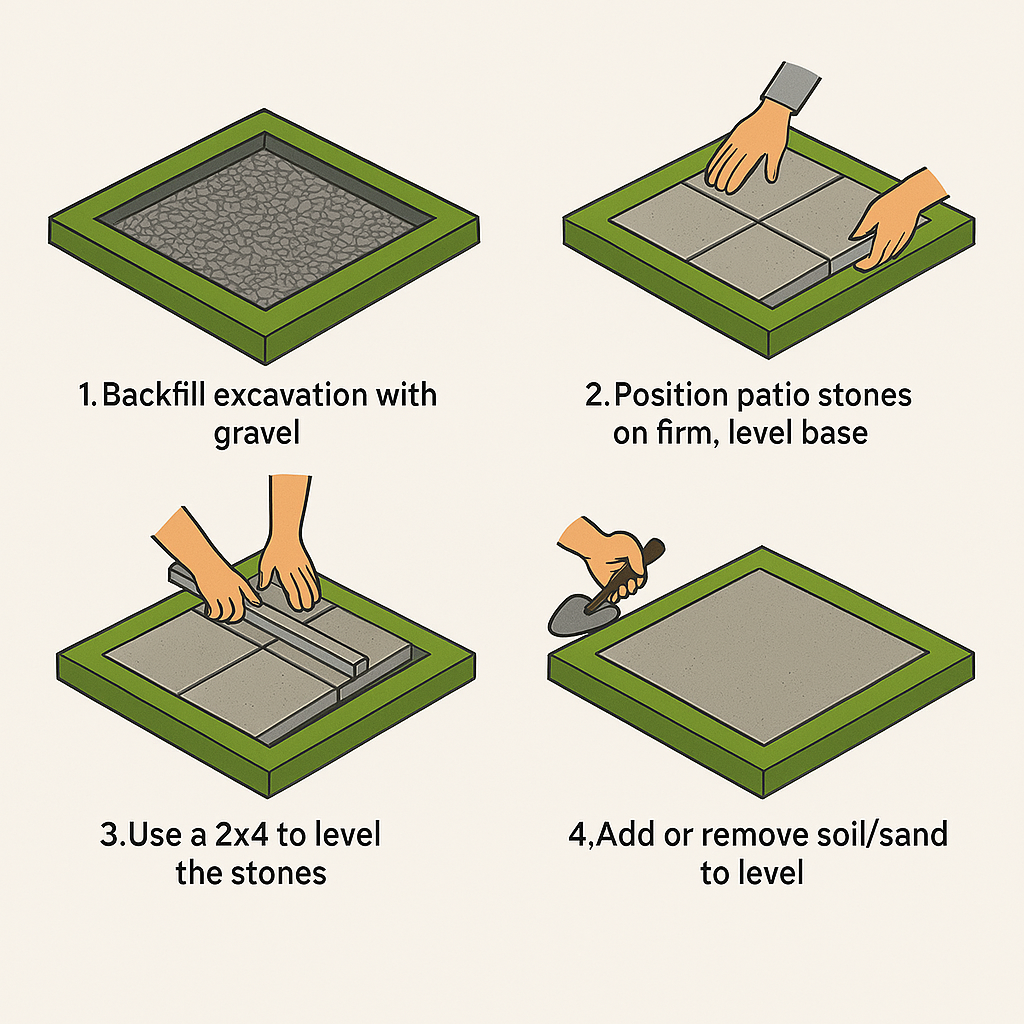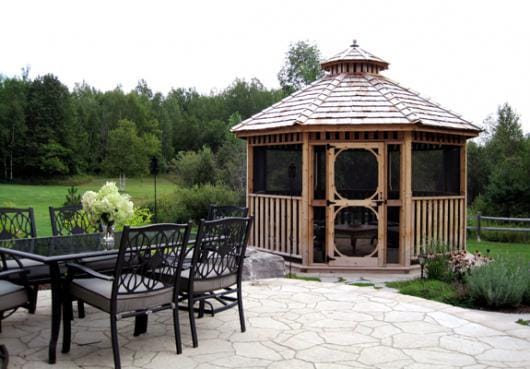No products in the cart.
 Like to have more living space? How about getting that space and enhancing the look and feel of your garden by installing a gazebo?Besides being aesthetically pleasing and creating a focal point in the garden, a gazebo creates a shaded place in your garden that can be used for entertaining, leisure activities, relaxation, and taking in the lush beauty of your garden. It helps to expand your living space where you can enjoy the different aspects of outdoor living.
Like to have more living space? How about getting that space and enhancing the look and feel of your garden by installing a gazebo?Besides being aesthetically pleasing and creating a focal point in the garden, a gazebo creates a shaded place in your garden that can be used for entertaining, leisure activities, relaxation, and taking in the lush beauty of your garden. It helps to expand your living space where you can enjoy the different aspects of outdoor living.What is a Gazebo?
A gazebo is a free-standing structure in your garden with open sides and a roof. It can be a rectangle, square, or round in shape. The typical formation of a gazebo is either eight-sided or six-sided. The roof is supported by posts, but you also can have a gazebo with low walls between the posts that can be used to fix screens, windows, and/or doors.If you are adding walls, you also can fix benches to them to have a permanent seating area. Then there are enclosed gazebos, which are referred to as all-season gazebos, as they can be used throughout the year, even in winter when the weather outside is not conducive to outdoor living.4 Ways to Make the Most of Your Gazebo
The use of a gazebo is limited by your imagination. Gazebos can be used in many different ways and each way will help maximize your living space and add value to your life.Relaxation
It is an amazing place to rest and relax. Depending how big your gazebo is, you can add tables, cushioned chairs, and even recliners to enjoy the lovely warmth of the summer sun and absorb the beautiful greenery around. A gazebo is the perfect place to get some me-time with your favorite book and a glass of chilled lemonade.Entertaining
You can use your gazebo to entertain guests. Whether you are looking to host a birthday party or summer barbecue, it is a fantastic place to create fun memories with guests and loved ones. You can install your gazebo near the pool, so that you have a shaded refuge to sit back and keep an eye on the kids while talking to friends and family.Fitness
You may have never thought of it, but your gazebo can function as a place to perform yoga and meditation. Surrounded by beautiful plants and flowers, you will be able to do the yoga or meditation without getting disturbed by the sounds and noises that prevail in most homes.Hot Tub Enclosure
Today, many people want to enjoy soaking in a hot tub to de-stress themselves and soothe aching and tired muscles. You can create an enclosure for your hot tub by erecting a gazebo. It will offer you privacy and also protect you and the hot tub from the elements. As you can see there are many uses of a gazebo. You can get your easel and paints out to use it to paint or you can even pot plants in the shade if you want to escape the scorching sun without neglecting your garden. The use of a gazebo is unlimited, so you can do just about anything you want.
As you can see there are many uses of a gazebo. You can get your easel and paints out to use it to paint or you can even pot plants in the shade if you want to escape the scorching sun without neglecting your garden. The use of a gazebo is unlimited, so you can do just about anything you want.What Should Your Gazebo Be Made Of
 While you can get gazebos made from metal, stone, and vinyl, it is best to go with wood. Wood has its own natural charm and fits seamlessly into a garden without looking out of place. The most preferred wood is cedar. It is a soft wood and light in weight. Hence, making it easy to work with it to erect the gazebo. However, the most attractive features of cedar are that it is naturally resistant to decay and rot, making it the perfect choice for this outstanding outdoor feature.Furthermore, cedar has a natural scent that keeps other pests at bay and the scent is extremely calming and soothing. So when you use your gazebo, you will immediately feel relaxed and rejuvenated.Make sure you flip the switch for Western Red Cedar, which is renowned for its durability, beautiful appearance, and longevity. The Western Red Cedar variety is more resistant to decay compared to Eastern Red Cedar.
While you can get gazebos made from metal, stone, and vinyl, it is best to go with wood. Wood has its own natural charm and fits seamlessly into a garden without looking out of place. The most preferred wood is cedar. It is a soft wood and light in weight. Hence, making it easy to work with it to erect the gazebo. However, the most attractive features of cedar are that it is naturally resistant to decay and rot, making it the perfect choice for this outstanding outdoor feature.Furthermore, cedar has a natural scent that keeps other pests at bay and the scent is extremely calming and soothing. So when you use your gazebo, you will immediately feel relaxed and rejuvenated.Make sure you flip the switch for Western Red Cedar, which is renowned for its durability, beautiful appearance, and longevity. The Western Red Cedar variety is more resistant to decay compared to Eastern Red Cedar.
